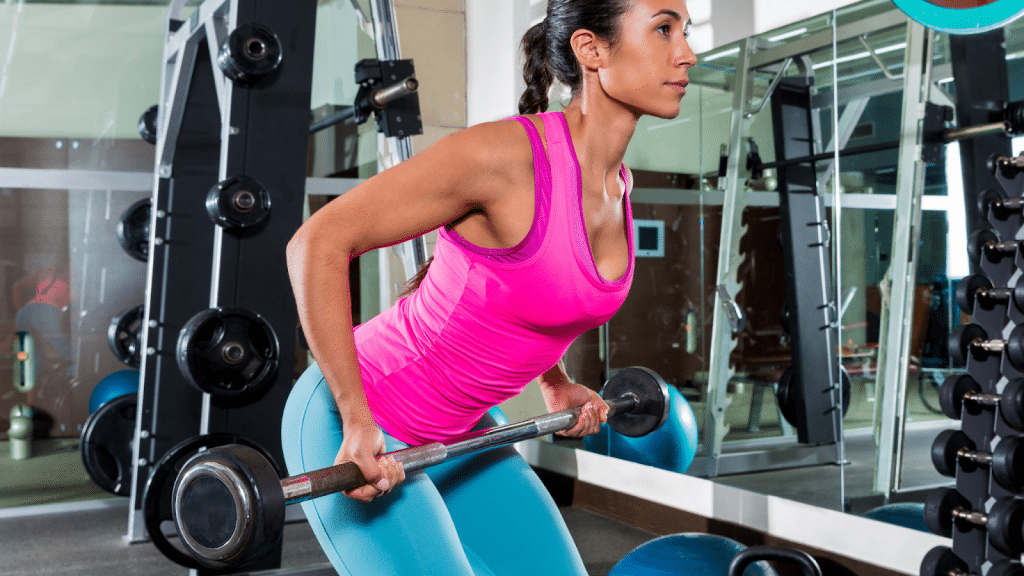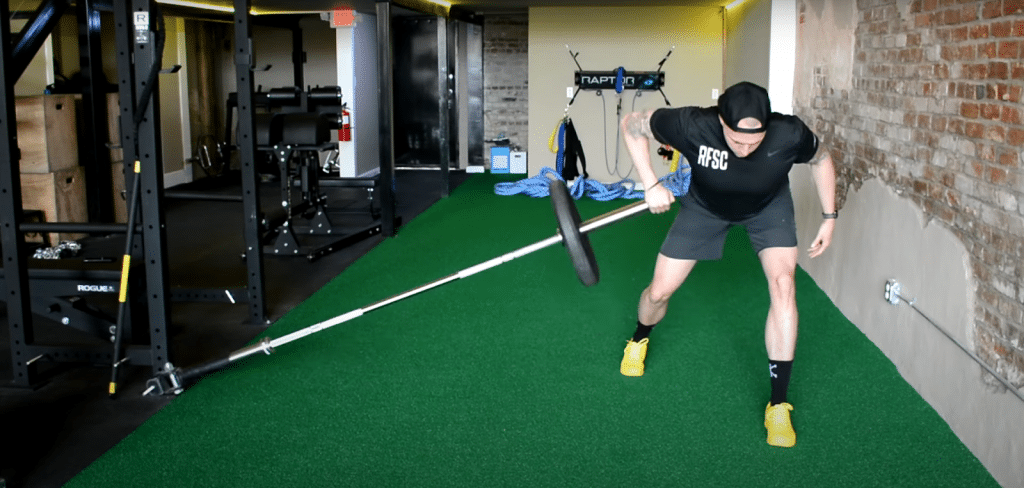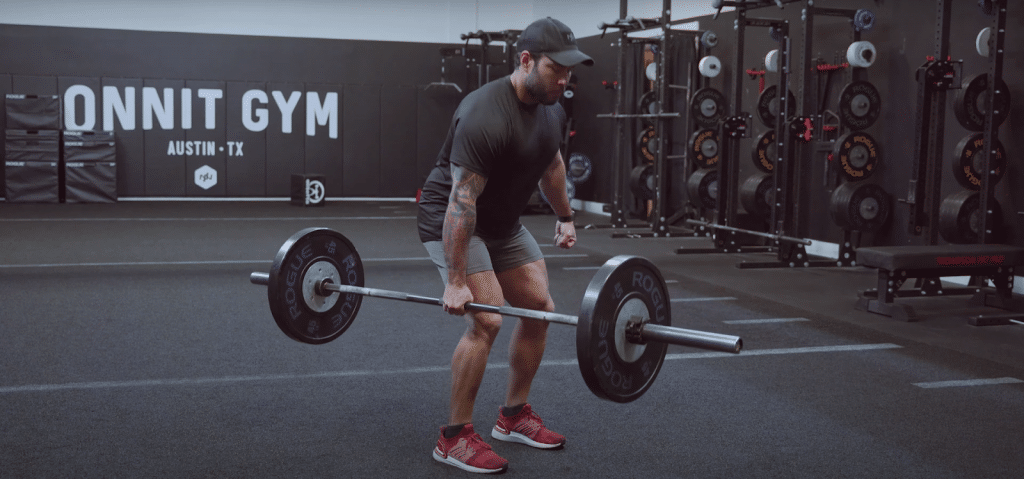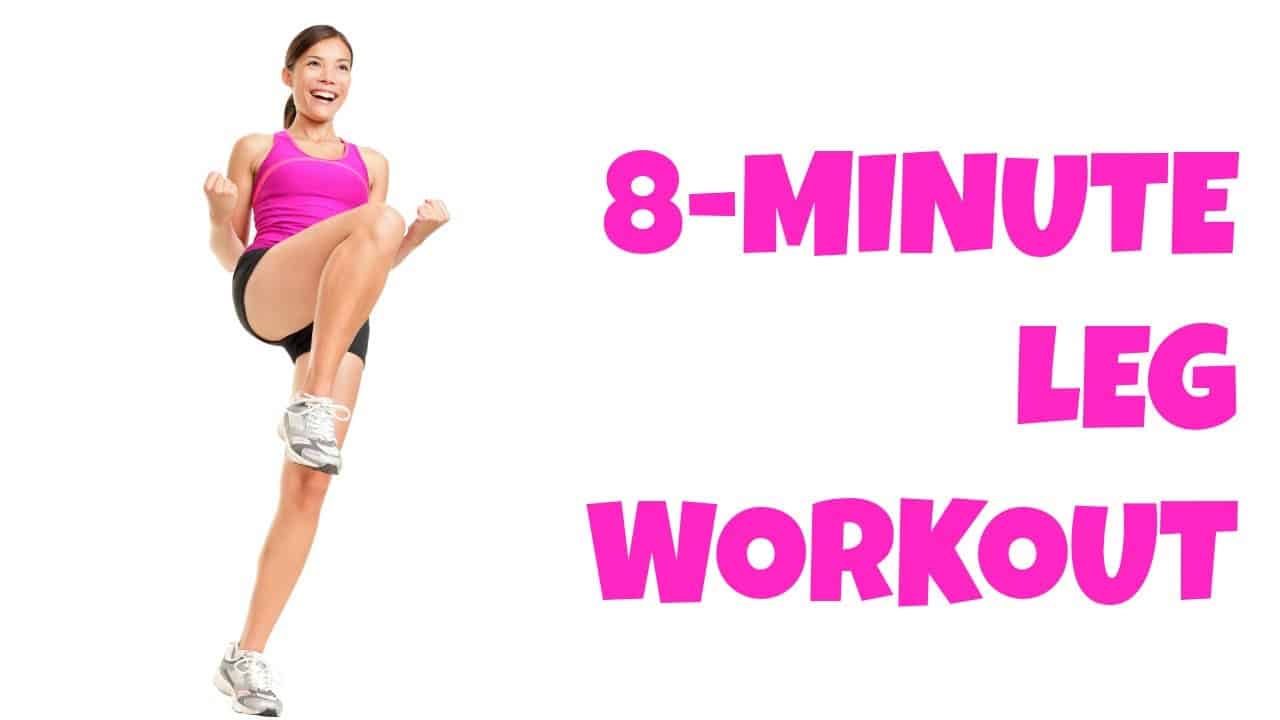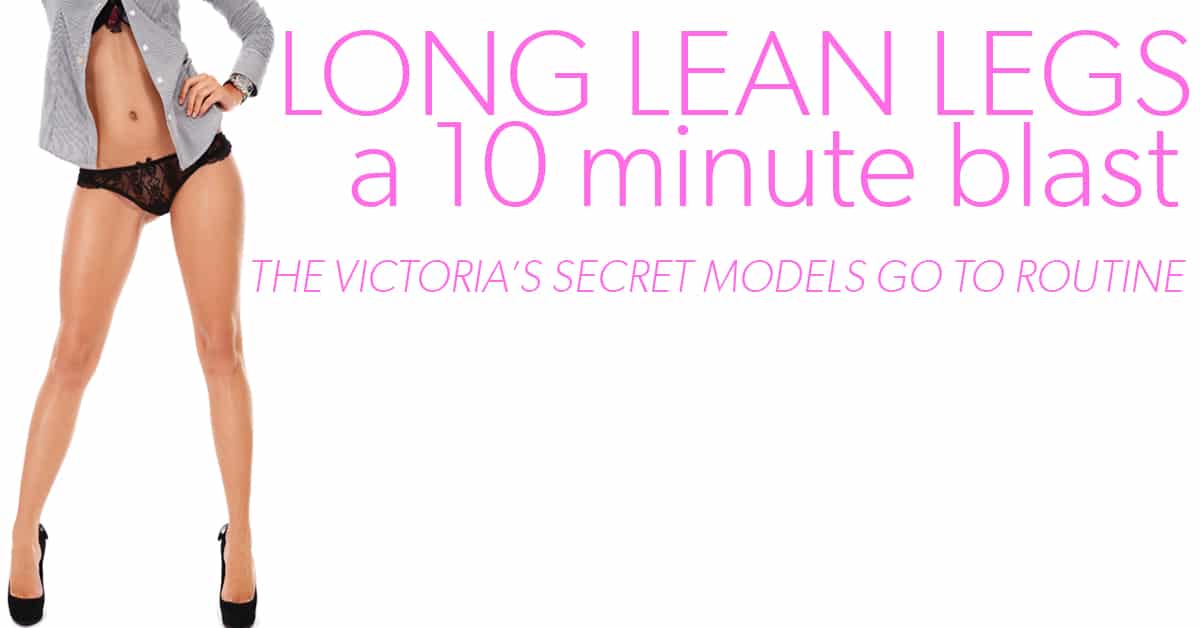A strong, muscular back is essential to your overall strength and fitness, whereas most people are fixated on developing their chest or biceps. As an added bonus, a strong and sculpted back makes you look pretty damn good when you take your shirt off. You can get a V-tapered back when you do barbell back workout for strength and definition.
Barbells are versatile gym equipment and can be used in all fitness levels. Barbell exercises frequently mimic movements found in real-life activities or sports, making them an excellent way to develop functional strength that can be applied in daily life.
This guide will assist you in selecting the best barbell back workout for your overall health and fitness.
5 Best Barbell Back Workouts
1. Good Morning
The barbell routine Good Morning is an excellent exercise for building strength and muscle in the lower back, glutes, and hamstrings. Good Morning supports in the development of better deadlift lockout strength and in the growth of a strong posterior that improves athletic performance.
Advantages of Good Morning
- This is an excellent exercise for strengthening the posterior chain and improving hip hinge mechanics.
- Good Morning helps to build muscle and strength in the low back erectors, which helps to protect the lower back from heavy loads.
- Increases deadlift lockout strength.
How to Do the Good Morning
- Stand with your feet shoulder-width apart, holding a barbell on your upper back, and actively pull down on the barbell to engage your lats.
- Take a breath and hinge from your hips with a slight bend in your knees while keeping your spine in neutral, with your chest up and shoulders down.
- Return to a standing position and finish with your glutes.
2. Pendlay Row
Coach Glenn Pendlay popularized this row variation by combining techniques from the deadlift and the bent-over row into a hybrid movement. This is one of the best barbell back workout you can try on. The weight comes to a complete stop at the end of the movement in the Pendlay style.
This forces increased lat activation for each rep and set. This movement results in increased explosiveness, making it a valuable form of assistance exercise for improving other main lifts.
Advantages of Pendlay Row
- You start the Pendlay Row by pulling from a complete stop, which gives it power and explosiveness off the floor.
- It is easier on the lower back than the bent over row because you rest the weight on the floor after each rep.
How to Do the Pendlay Row
- Set up in the same way you would for a regular barbell deadlift. Hinge down to the barbell and take an overhand, shoulder-width grip.
- Squeeze your armpits together, raise your chest, and pull the barbell explosively towards your sternum before returning it to the floor.
3. Meadows Row
The Meadows Row, named after elite bodybuilder and strength coach John Meadows, is a unilateral landmine row variation. The barbell is set up in a landmine with the body perpendicular to it for this row variation.
It’s ideal for improving grip strength because you’re holding the end of the barbell. The weight is also drawn closer to the shoulder, making it an excellent move for targeting the upper back and rear delts.
Advantages of Meadows Row
- The angle and set up of the row are excellent for overloading the lats, rear delts, and lower traps.
- Gripping the barbell’s end with an overhand grip improves grabbing strength.
- When you don’t have enough plates or dumbbells, this is a great alternative.
How to Do the Meadows Row
- Using a landmine setup, take a staggered stance with the front foot perpendicular to the bar.
- Bend at the waist and take an overhand grip on the bar. Place your elbow on your front thigh, ensuring that the hip closest to the bar is higher than the front hip.
- Row the weight up until your hand is outside of your chest.
- Return the weight to the starting position and repeat.
4. T-Bar Row
For many old-school lifters, the T-Bar Row is their go-to back exercise. It works the same muscles as a bent-over barbell row, but forces your elbows closer to your sides, allowing you to squeeze your rhomboids and middle traps more effectively at the top of the movement. This is an excellent upper and middle back strength.
Advantages of T-Bar Row
- To improve grip strength, this exercise can be performed with a variety of instruments (towels, rope, and handles).
- It thickens and strengthens the muscles in your upper back.
- The barbell variation’s neutral grip is generally easier on your elbows and shoulders.
How to Do the T-Bar Row
- If you don’t have a landmine, wedge a barbell in a corner with a towel and a heavy dumbbell on top. Straddle the opposite end of the barbell and load it with plates.
- Hinge your torso until it is at a 45-degree angle, then hook a v-grip attachment, towel, or rope under the bar and hold with both hands.
- Squeeze your shoulder blades together and raise the bar to your sternum, then return to the starting position and repeat.
5. Suitcase Deadlift
The suitcase deadlift is a unilateral deadlift variation that also works the core. Because you’re carrying a load in one hand, your core has to work extra hard to prevent excessive rotation and flexion.
This barbell back workouts can be done with a dumbbell, kettlebell, or barbell. Because you’re stabilizing the load of the barbell with one hand, the barbell is often a tougher variation and will be more demanding of grip strength.
Advantages of Suitcase Deadlift
- It increases unilateral pulling and grip strength, thereby resolving any imbalances that may exist between sides.
- The core gets strengthened as your ab muscles struggle to stabilize an uneven load.
How to do the Suitcase Deadlift
- Position yourself to the side of the bar, near the center of the barbell. Bend in the same way you would for a regular deadlift, with your shoulders down, chest up, and back in neutral, and pick it up like a suitcase.
- To avoid lateral flexion, keep your core engaged and slowly hinge back to the starting position, then repeat.
Frequently Asked Questions
Can I use a barbell every day?
After exercise, your muscles require time to rest and recover in order to repair and rebuild stronger. Lifting weights on a daily basis may impede this repetitive process and risk your gains in strength and size, as well as increase your risk of injury.
Why not use dumbbells instead of a barbell? Are they better?
Barbells are not inherently superior to dumbbells for back workouts; they simply provide a different set of advantages. Most importantly, you should use them because they allow you to perform great compound movements, move faster, and engage more of your muscles.
Do you include the weight of the barbell when calculating the weight when lifting when using a barbell?
Yes. For example, if the bar weighs 45 pounds and you add two 45-pound plates, the total weight is 135 pounds, not 90.
Barbells for Back Strength
Barbell exercises are an excellent way to lay the groundwork for a physique and can be used by anyone, from beginners to bodybuilders. Barbells can be easily incorporated into any training program and can be especially effective when combined with dumbbells, machines, and cables to help you build the biggest, strongest back possible.
Building a stronger, more muscular back with a barbell is entirely possible with the right movements and workouts. When trying to gain strength and mass, you should train with heavier loads in your complex movements, as well as in the moderate to higher rep range with more isolated exercises.
Make your back look brawny by doing Barbell Back Workout!


